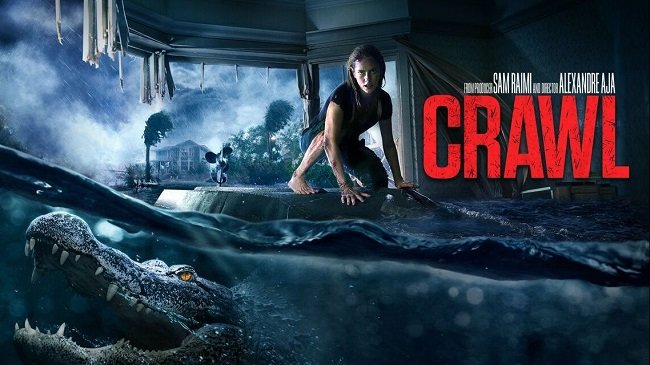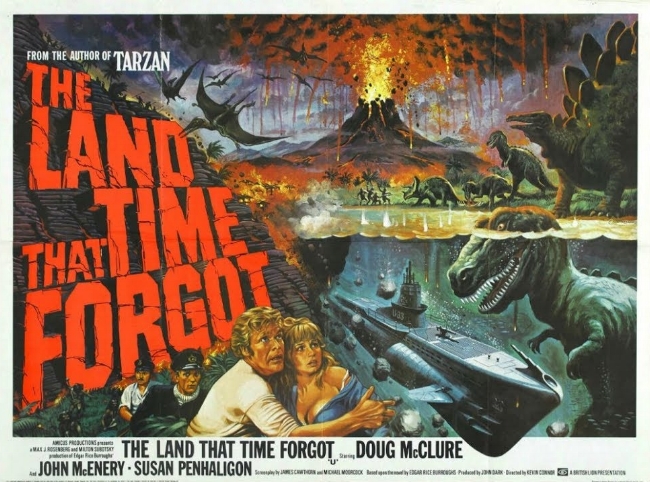The Deadly Mantis (1957)
Not to be confused with the Shaw Brothers martial arts film of the same name from 1978, The Deadly Mantis (1957) is a creature feature in the idiom of Them! (1954). Unlike that film’s mutant ants, the monster on this occasion is not the product of the atomic age but a giant prehistoric praying mantis that has been released from the polar ice caps. Exactly how a creature associated with more tropical regions came to be at the North Pole is never explained. In fact precious little is in The Deadly Mantis. The film’s overall scope is somewhat limited with a basic story, limited action scenes and a rather dull cast of generic characters. There is an over reliance upon stock footage from period military documentaries and previous Universal Studio feature films. The film’s biggest failing is the giant praying mantis which does most of its rampaging conveniently off camera. It’s all rather disappointing.
In the South Seas, a volcano erupts and the subsequent seismic disturbance disturbs North Pole polar ice sheets, releasing a 200 foot praying mantis that has been trapped there since prehistoric times. The monster attacks a remote outpost of Red Eagle One, a military early warning station. Despite personally leading the search, Commanding officer Col. Joe Parkman (Craig Stevens) cannot account for the incident or find an elusive blip that appears on radar. After a transport plane is attacked, a curious claw-like object is found in the wreckage. When Doctor of palaeontology, Nedrick Jackson (William Hopper), is asked to identify it he deduces that it is a spur from an insect's leg. Possibly from some unknown species of praying mantis. Dr. Jackson and photographer Marge Blaine (Alix Talton) travel to Red Eagle One to conduct further research. Shortly afterwards, the monster attacks again before migrating south to warmer climates, endangering the USA.
Director Nathan Juran, who was a competent genre film maker, has very little to work with in The Deadly Mantis. The budget is low and the script is arbitrary. The monster appears and the protagonists are confused. Then an academic identifies the threat and expedites the plot. A plucky female character is thrown into the mix for “love interest”. The praying mantis itself attacks a few miniature buildings, a fishing vessel and some vehicles. Minor cast members are killed off camera. The acting is adequate but the dialogue is perfunctory. The film paints with broad brush strokes and its primary saving grace is that it doesn’t outstay its welcome. Perhaps its best achievement is highlighting how superior Them! (1954) and The Beast from 20,000 Fathoms (1953) are. Both of those films do more than the bare minimum and boast enjoyable screenplays and quirky characters.




























